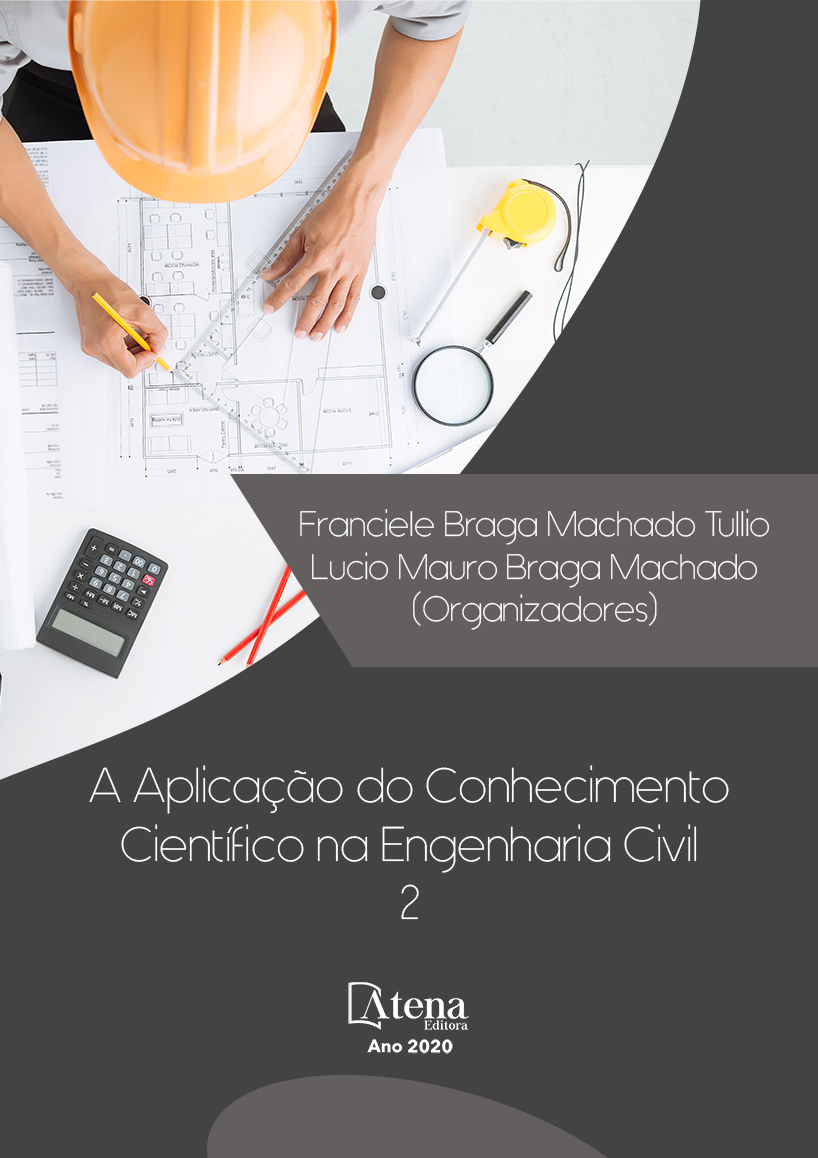
ESTUDO DAS PROPRIEDADES DE UM CONCRETO COM 20MPA NO ESTADO FRESCO, MISTURADO À MÃO E NA BETONEIRA, COM E SEM A SUBSTITUIÇÃO DA AREIA NATURAL POR AREIA BRITADA.
O concreto é um material compósito utilizado em larga escala na construção civil e seu emprego é justificado por uma série de vantagens em relação a outros materiais, entre estas, a resistência mecânica (estado endurecido) e trabalhabilidade (estado fresco). A grande utilização da areia natural para produção de concretos tem gerado algumas discussões no meio devido à preocupação com o impacto ambiental e, para minimizá-las, surge a alternativa do uso da areia de britagem (resíduo resultante do processo de britagem do agregado em pedreiras). Porém, as compatibilidades deste material com os outros componentes do concreto irão definir o desempenho do material para atender as especificações as quais se destinam, entre estas: a trabalhabilidade, foco deste estudo. Esta propriedade é importante ao processo produtivo do concreto, pois designa a maior ou menor aptidão destes serem misturados, lançados, adensados e acabados, sem perda de sua homogeneidade. A trabalhabilidade (abatimento do concreto) e plasticidade foram avaliadas e comparadas para um concreto dosado para atingir uma resistência à compressão de 20 MPa, aos 28 dias, e com diferentes frações e tipos de agregados miúdos, sendo 100% do tipo areia natural e outro com 30% de areia britada e 70% de areia natural. As misturas foram realizadas a mão e na betoneira, para visualizar se havia alguma diferença em relação aos métodos de mistura. Nas misturas em betoneira, os dois traços se apresentaram mais trabalháveis, com um maior envolvimento da pasta ao redor do agregado e, foi verificado também, que não houveram consideráveis mudanças na trabalhabilidade e homogeneidade nos traços com areia britada em relação aos traços somente com areia natural. Entretanto, quando misturados à mão, os traços com areia britada obtiveram menor trabalhabilidade em relação ao com 100% de areia natural.
ESTUDO DAS PROPRIEDADES DE UM CONCRETO COM 20MPA NO ESTADO FRESCO, MISTURADO À MÃO E NA BETONEIRA, COM E SEM A SUBSTITUIÇÃO DA AREIA NATURAL POR AREIA BRITADA.
-
DOI: 10.22533/at.ed.7012009078
-
Palavras-chave: concreto, areia artificial, estado fresco
-
Keywords: concrete, arifificial sand, fresh state
-
Abstract:
Concrete is a composite material used on a large scale in civil construction and its use is justified by a number of advantages over other materials, including mechanical strength (hardened state) and workability (fresh state). The great use of natural sand for the production of concrete has generated some discussion in the middle due to the concern with the environmental impact and, to minimize them, the alternative of the use of the sand of crushing appears (residue resulting from the crushing process of the aggregate in quarries). However, the compatibilities of this material with the other components of the concrete will define the performance of the material to meet the specifications that are intended, among them: the workability, focus of this study. This property is important to the productive process of the concrete, since it designates the greater or lesser aptitude of these being mixed, poured, compacted and finished, without loss of its homogeneity. The workability and plasticity were evaluated and compared for a concrete dosed to achieve a compressive strength of 20 MPa, at 28 days, and with different fractions and types of small aggregates, being 100% natural sand type and another with 30% of crushed sand and 70% of natural sand. The mixtures were made by hand and in the concrete mixer to see if there was any difference in mixing methods. The mixtures made in the concrete mixer, the two traces were more workable, with a greater involvement of the paste around the aggregate and, it was observed too, that there were not significant changes in the workability and homogeneity of the traces with sand crushed in relation to the traces only with natural sand. However, when mixed by hand, the traces with crushed sand obtained less workability in relation to 100% natural sand.
-
Número de páginas: 13
- Anderson José Silva
- André Vinícius Melo Couto
- André William Barbosa Brito
- Sócrates Ildefonso Farias da Silva
- Simone Perruci Galvão
- Gabriel Rigaud Figueirôa Lyra


